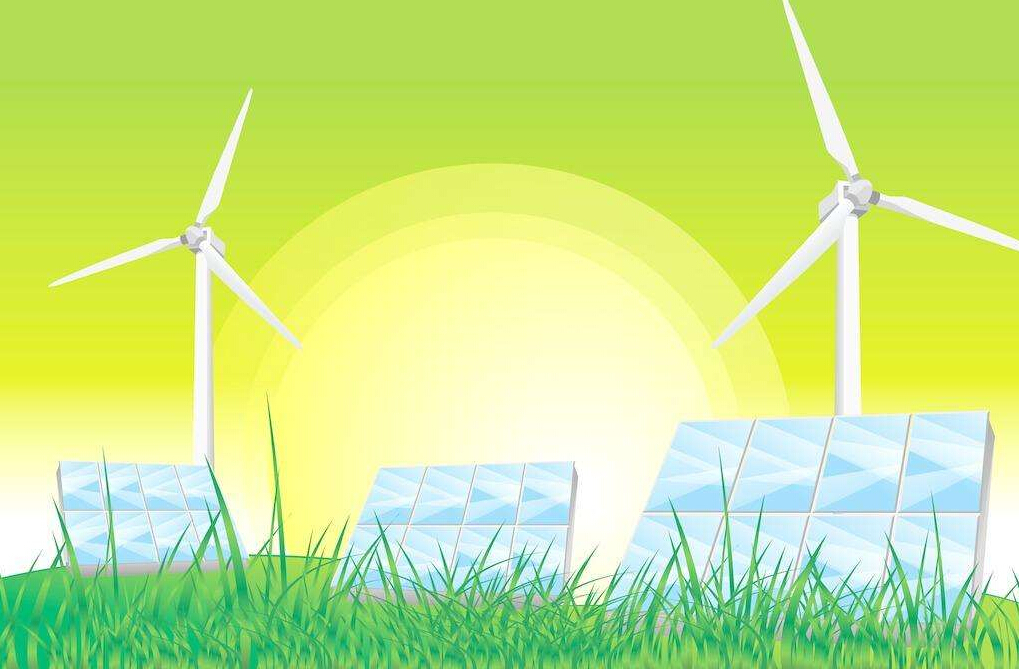Distributed energy cannot
Redesigned, light running
The organic combination of distributed energy supply and large-scale centralized energy supply is the development direction of the future energy system. The new energy system is represented by distributed energy supply system. Micro-small power generation, waste heat utilization and system integration are the basic research and development contents. The new generation of thermal power conversion and multi-energy complementation of fuel chemical energy cascade utilization and power waste heat is the latest research trend.
In the past two years, China has made remarkable progress in the fields of micro-miniature power technology, waste heat power generation technology, low-grade waste heat recovery technology, and multi-energy complementary systems. It should be noted that the relevant domestic standards are still in their infancy, lack of relevant standard specifications, and there are no regulations to follow in construction, acceptance and operation management.
Energy conservation and emission reduction must be technically controlled. Before the project starts, user load analysis and prediction should be carried out. The design method of traditional power plant or HVAC is not suitable for distributed energy. The design work can't be “large horse-drawn car”, so as to avoid low-load working conditions or even stable operation. Also pay attention to the matching of quantity and quality between power and waste heat, and strengthen the operation adjustment with the change of load in the later stage.
Director of the Distributed Energy Special Committee of China City Gas Association Xu Xiaodong
Where is distributed energy going?
Distributed energy has actually gone through nearly 20 years of development, and it has gone through a very tortuous path in China. Now it should be reviewed and summarized.
Where is distributed energy going? In the past, distributed energy was the starting point for smart energy. Today, distributed energy should move toward integrated energy services.
Distributed energy projects have a clear target of service. In the past, the industry was relatively extensive, involving design, management, and operation issues, but more importantly, the experience was not enough. The power model is also good, the air conditioning model is also good, and the distributed energy does not really belong to its own model.
Distributed energy has vitality. It not only shows its theory, but also has a deep realistic foundation. It is an open energy utilization model with all available energy at the input. In addition, energy is not "burned", and it must be used for different qualities when it is used at the front end.

Parity cannot be solved
All issues in the new energy industry
Since 2018, renewable energy price policies and scale policies have changed, and keywords such as price adjustment, parity, bidding, and scale restrictions have stimulated the industry.
Due to the accelerated demand for green energy “reducing costs to make up”, the accelerated trend of subsidies such as scenery and mature renewable energy generation will continue.
The concept of “parity” is not in principle a very standard academic concept. The coal-fired electricity price itself has volatility. With the reform of the power system, it is uncertain whether the price of coal-fired desulfurization benchmarks will continue to exist in the future. For industries that have been enjoying renewable energy subsidies, it is a “milestone” event to reach the local coal-fired desulfurization benchmark price. Whether it can achieve "fair price online" is the key to determining how far the company will go and where it will go.
The scale of renewable energy participation in the market will gradually expand, and how renewable energy companies form a mature profit model still needs further exploration. It is necessary to look at the "parity" rationally - there is no "one solution to the thousand miles." The subsidy issue will not be dissipated naturally. The scale of new construction will not be “open-end” development. Renewable energy will not be able to achieve the same level of traditional power as “power value” competitiveness. After achieving the target of parity, macroeconomic policy support is still needed.
Gas generator expert Liu Xiang
Domestic gas turbines must seize the opportunity of development
Entering the distributed industry from the perspective of internal combustion engine manufacturers is like cutting in from the end. The selection of natural gas distributed projects should consider the core elements such as load demand, installed scale and energy price. In general, the parks with large steam demand are suitable for gas turbines, and they can be used in a variety of building-type internal combustion engines.
In the existing gas distribution market, few people mention domestically produced machines. Under the same circumstances, the domestic power generation efficiency is generally about 5% lower than that of foreign power generation. This is a “hard injury”.
In the field of gas generator sets, domestic equipment and imported equipment currently have gaps that cannot be ignored. In the next few years, there are three or four hundred market capacity in the gas distribution field. Domestic manufacturers should face the gap and seize the gas distributed outbreak. Opportunity to catch up. However, imported equipment still has great advantages. To catch up, the most crucial step is to take the factory out – to give users confidence. I hope that the domestic machine will take a step forward and develop further in the distributed field.
















 RCCN WeChat QrCode
RCCN WeChat QrCode Mobile WebSite
Mobile WebSite
